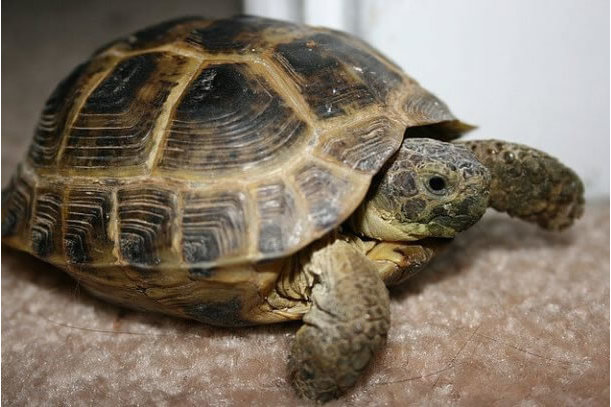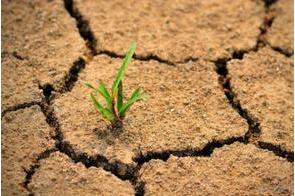Tortoises face extinction due to climate change

Summary
Turtles and tortoises are slow to find new habitats in the face of depleted resources.
Researchers in a recent study published in the Chelonian Conservation and Biology, an international scientific journal on turtle and tortoise research, identified approaches to address the issue of migration of the reptiles, which is threatened by global warming.
Climate researchers have demonstrated using modeling that if greenhouse gas emissions are not reduced, global temperature will rise by four degrees Celsius by the end of the century. This temperature rise could trigger declining global food stocks and sea-level rises that would affect hundreds of millions of people, animals and vast habitats.
In a statement released on Tuesday, the Massachusetts-based Chelonian Research Foundation, which publishes the Chelonian Conservation and Biology, said as climate change advances, the limited mobility of tortoises will impede their ability to reach more suitable habitats. Turtles and tortoises are slow to find new habitats in the face of depleted resources.
Since climate change affects humans and turtles alike, researchers are trying to identify the habitats that will remain suitable for the tortoise group. In a recent study, some researchers used the federally threatened Agassiz desert tortoise, Gopherus agassizii, in Twentynine Palms, California, and tried to address the issue of migration using a fine-scale approach. The researchers said the situation of Agassiz desert tortoise provides a compelling example of how current species management practices are being developed.
The article in the Chelonian Conservation and Biology shows a means to project future suitable habitats and how to maximize the survival of tortoises in the face of environmental shifts. The approach outlined in the study is one that the Chelonian Research Foundation said perhaps can help stave off species extinctions on large and small scales considering the challenges of maintaining biodiversity as climate change progresses.
In the article, the researchers project that maximum end-of-century summer temperatures could reduce tortoise habitat area by 55 percent in parts of the Mojave Desert. However, they found that a substantial portion of the climate-shifted area would overlap with current tortoise habitat. The overlapped area would serve as climate refugia, or sanctuary, to provide a future safe haven for the threatened animals.
“These climate refugia offer tortoises the best opportunity to survive into the future, and so represent our highest conservation priorities,” said lead author Dr. Cameron Barrows. Given the importance of these areas for the species, the researchers noted that efforts should be made to limit human expansion into these habitats.
The Chelonian Research Foundation says its objective is to share any aspects of research on turtles and tortoises. Of special interest to the Foundation are articles dealing with conservation biology, systematic relationships, chelonian diversity, geographic distribution, natural history, ecology, reproduction, morphology and natural variation, population status, husbandry, community conservation initiatives, and human exploitation or conservation management issues.
Related
-
World Bank launches Climate Innovation Centre in Ghana
The technology hub will help over 100 climate entrepreneurs develop and commercialize innovative solutions to climate ...
-
World Bank to support $17mn climate innovation centre in Ghana
The CIC will support climate entrepreneurs in the country with financing and advisory services.
-
Investment to tackle climate change falls amid global crises
Between January and September 2022, climate mitigation and adaptation sectors had, respectively, 7% and 12% fewer new ...







